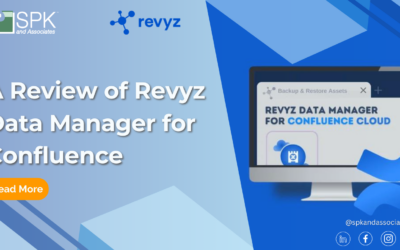The use of open source software (OSS) within the medical device industry is a double edged sword. On one end of the spectrum, you have freely available code that is available for the world to scrutinize. In the process, one would hope that bugs are more easily identified. OSS also allows medical device design engineers the ability to quickly bring their product to market. By being able to modify existing code, integration into the product is much more feasible.
On the other end of the spectrum, OSS can be analyzed for vulnerabilities, which could be used for malicious purposes. This was the case with the Heartbleed bug – a recently discovered vulnerability affecting a large fraction of OpenSSL based servers. Should medical device manufacturers give OSS a second thought?Patient data and safety is what’s at risk, and it’s a big risk most manufacturers may not want to take.
SPK Engineers work closely with product development groups. In the process, our expertise in infrastructure systems and application lifecycle management (ALM) often times leads to contributions towards a customer’s product directly. Here are a couple of suggestions I would make whether or not a customer decides to incorporate OSS into their own product, or is concerned about the Hearbleed bug or potential future vulnerabilities.
Use a traditional, tiered application architecture. By having a separate set of nodes with separate roles, it is possible to compartmentalize the data that is processed or stored on each of them. For instance, the Heartbleed bug allowed hackers to request arbitrary segments of memory from an OpenSSL based server. If perhaps a database server was running on the same machine, it’s possible that memory resident portions of the database could be read. With a proxy node in place, it could terminate the SSL session and simply relay back to the main application node. With nothing else running on the node, the risk for data leakage would be mitigated.
Use diverse vendors where possible. Imagine an all-Microsoft shop. Proxy servers, web servers, firewalls, operating systems all come from the same vendor. In the case of the Heartbleed bug, this actually would have been a good thing to have. But let’s not forget about all of the vulnerabilities that have come from this vendor historically. Having multiple vendors in your stack could provide yet another ingredient in your multi-layer security approach.
Next Steps:
- Contact SPK and Associates to see how we can help your organization with our ALM, PLM, and Engineering Tools Support services.
- Read our White Papers & Case Studies for examples of how SPK leverages technology to advance engineering and business for our clients.
Mike Solinap
Professional Services Manager
SPK & Associates







